
[Ramachandran] seeks a science of art. Enunciating nine “artistic universals,” he propounds what he allows is a “reductionist” view of art, attempting to provide brain-based laws of aesthetic response. Peacocks, bees, and bowerbirds possess rudimentary aesthetic responses, he suggests, and we are not so different. Thus we respond well to “grouping” and “peak shift”: we like similarly colored things to go together, and we are entranced by certain kinds of exaggeration of ordinary reality (as with caricatures) or other unrealistic images in art (like the Venus of Willendorf, as cited by Nigel Spivey in How Art Made the World). These biases result from our evolutionary ancestry as arboreal survivors—seeing lions through leaves and so on. Our taste for abstract art is compared to the propensity of gulls to be attracted to anything with a big red dot on it, since mother gulls have such a dot on their beak: “I suggest this is exactly what human art connoisseurs are doing when they look at or purchase abstract works of art; they are behaving exactly like the gull chicks.”
Read the rest here.





















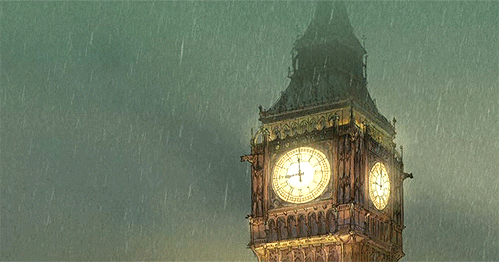























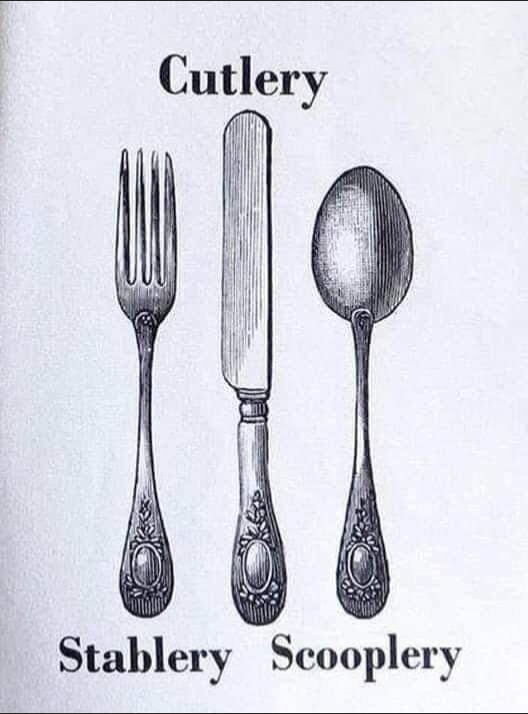















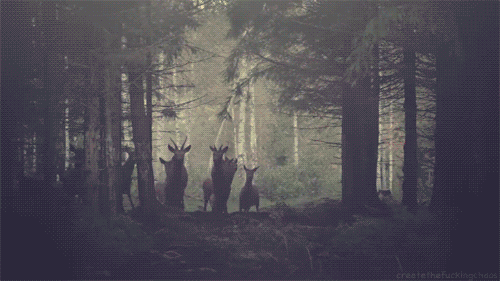
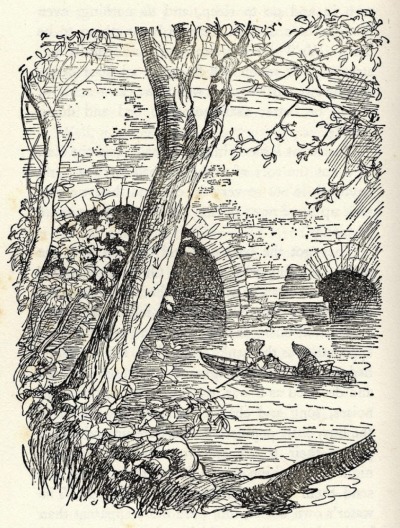
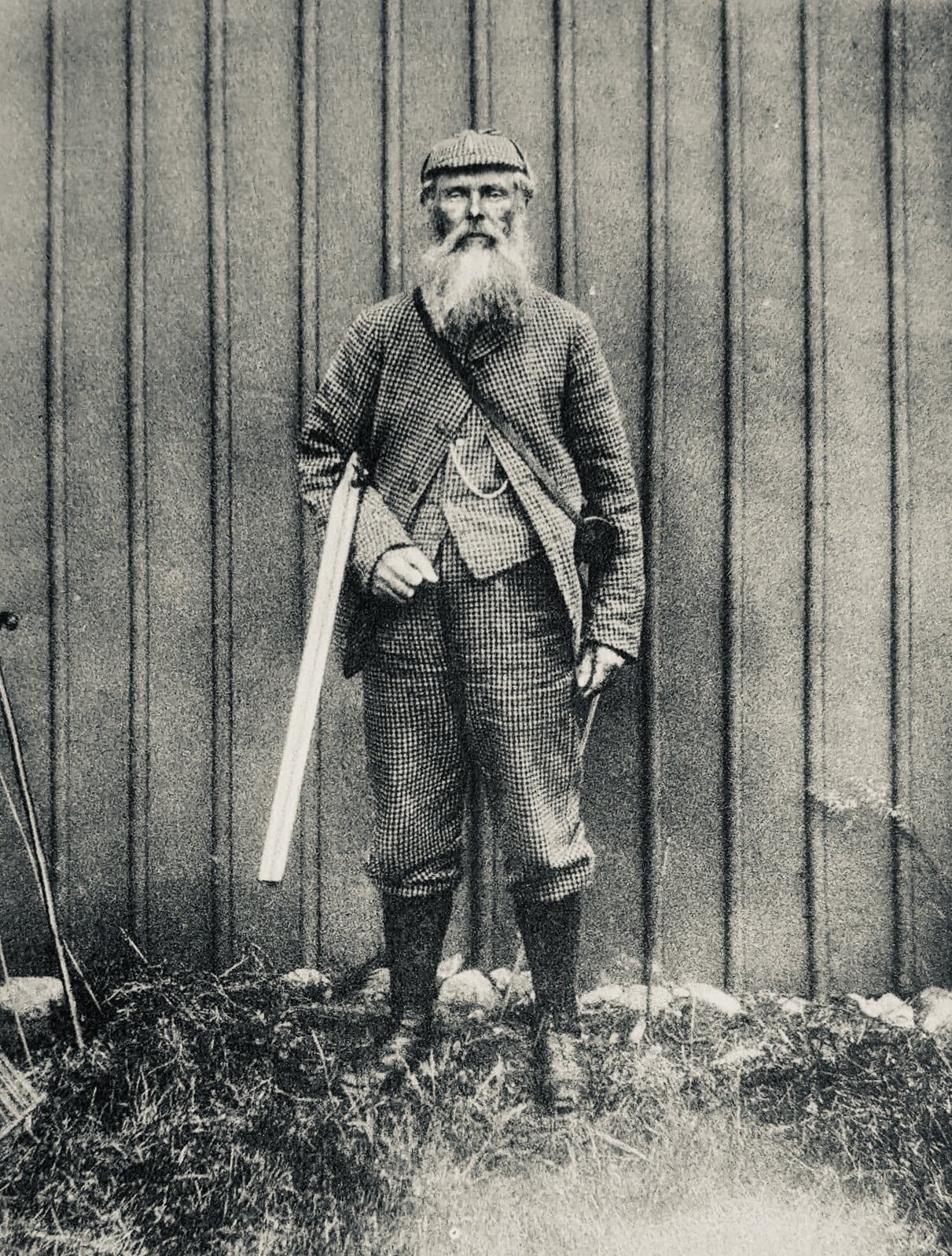




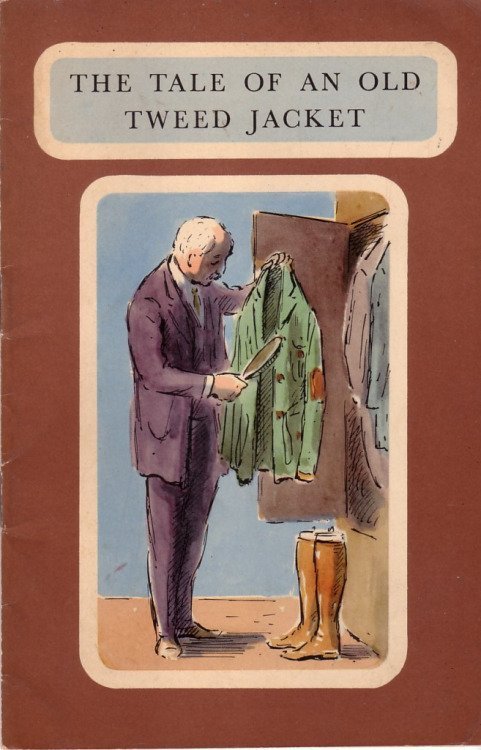










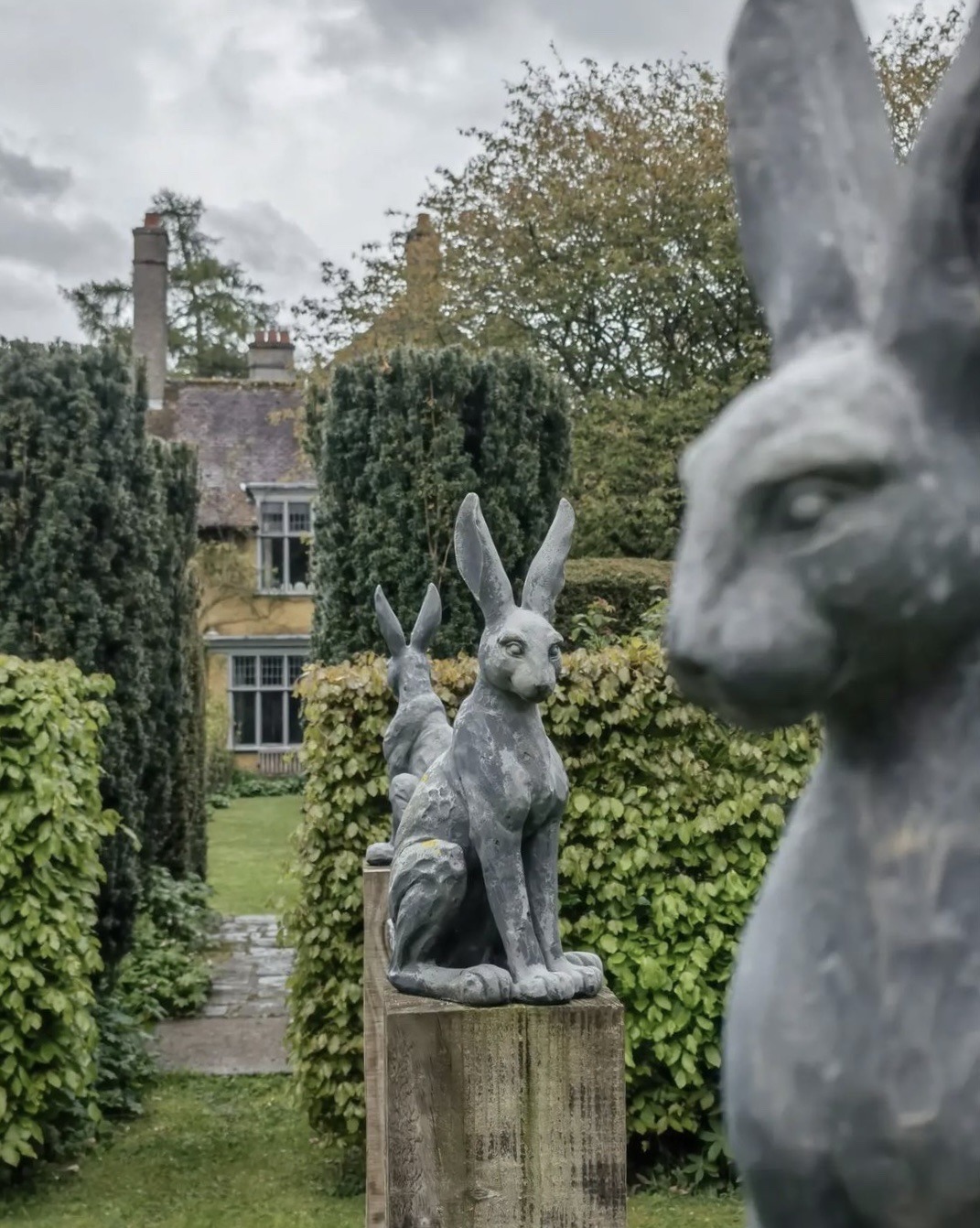
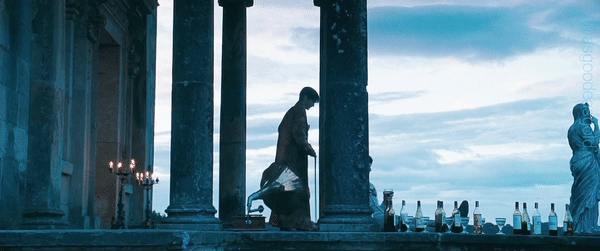


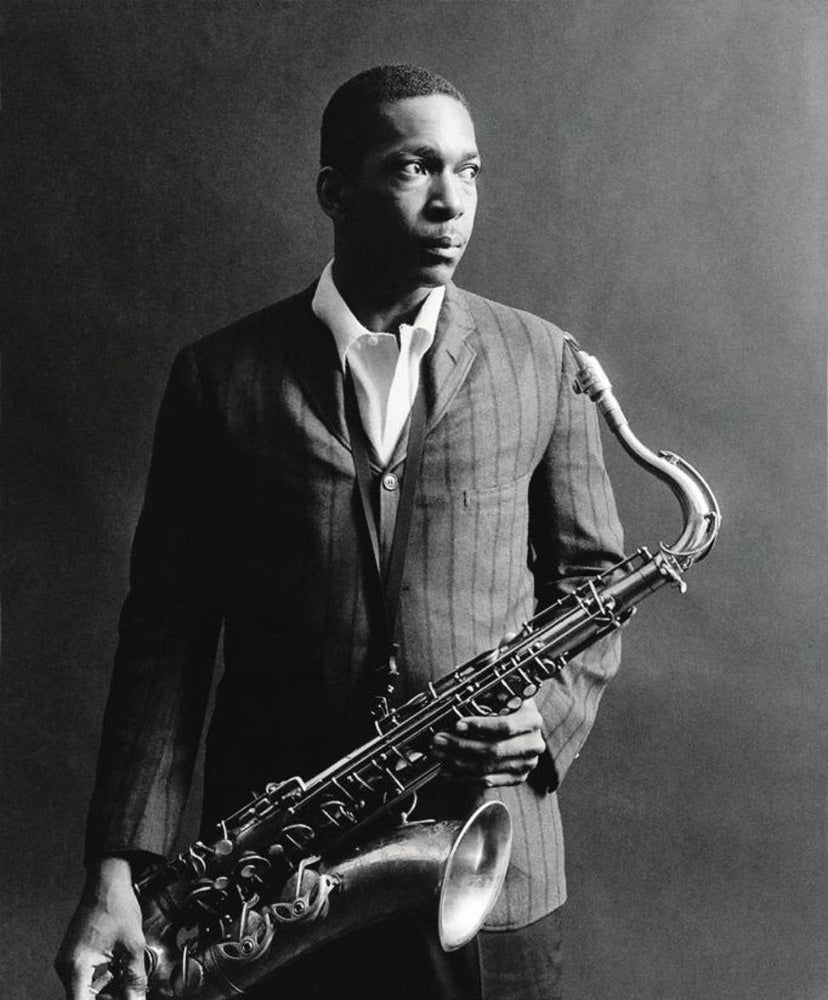







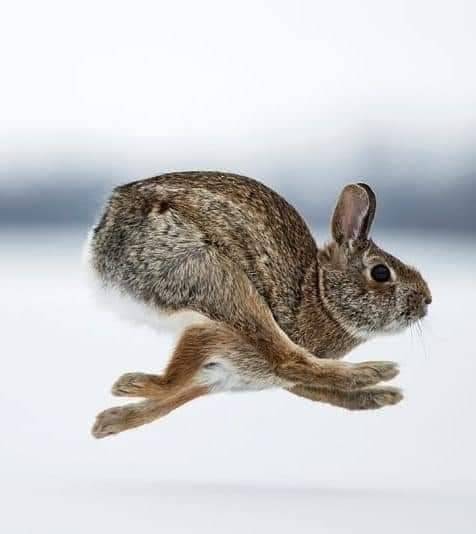
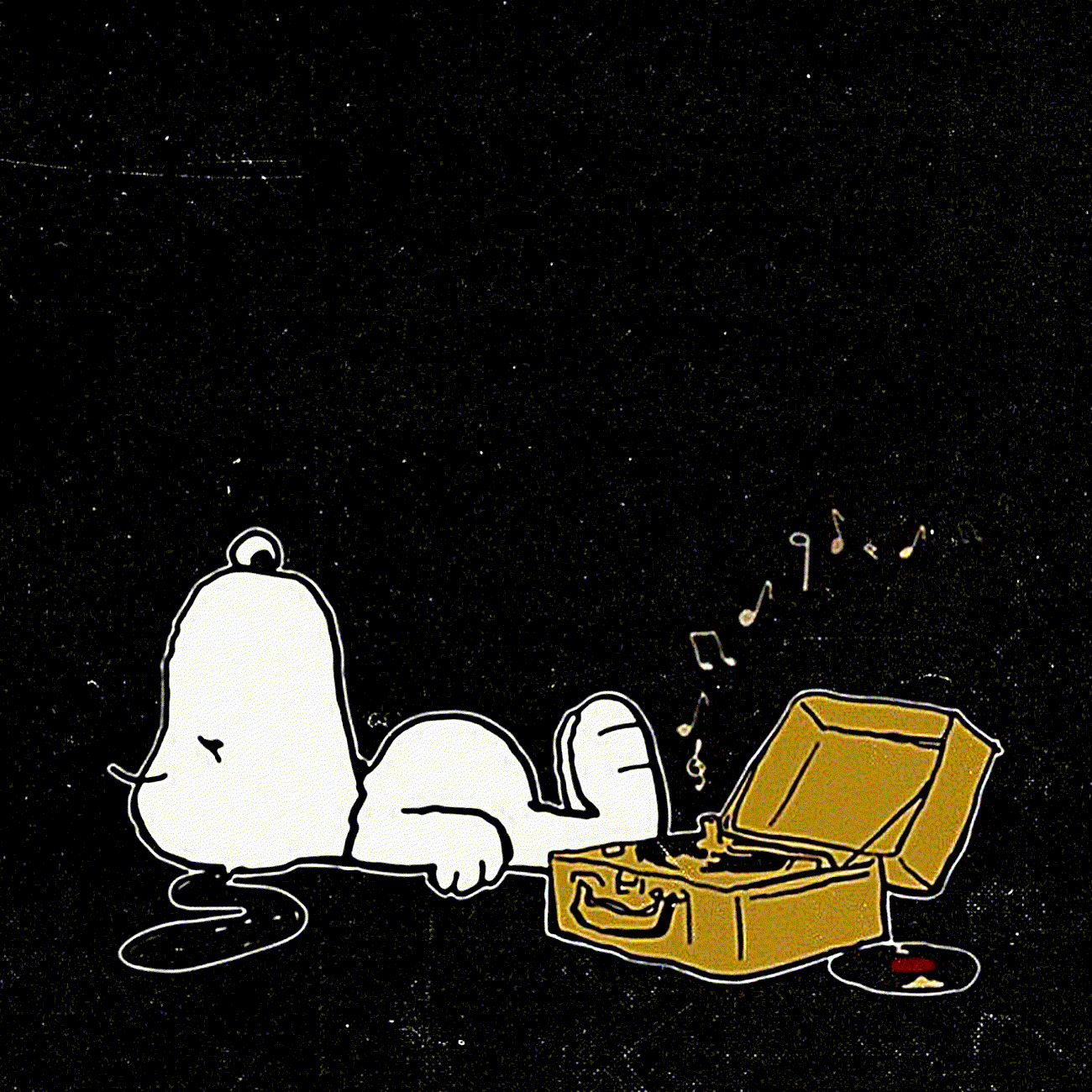

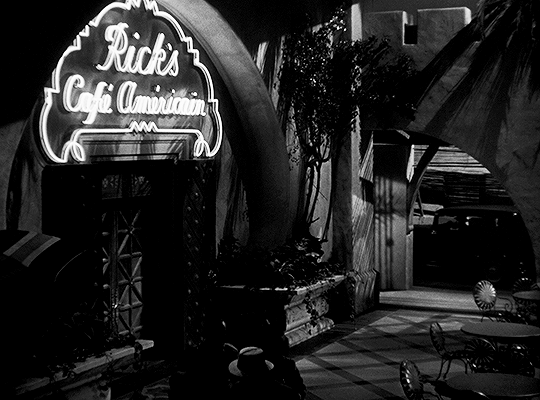





















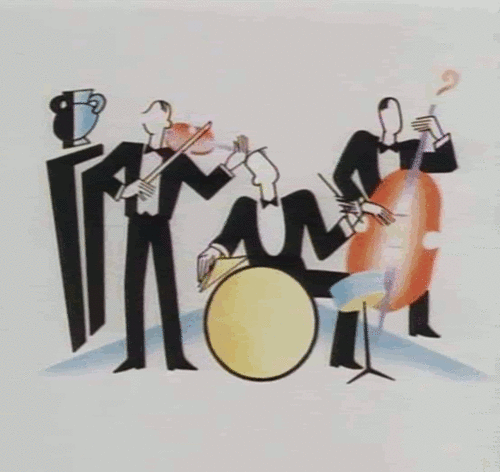









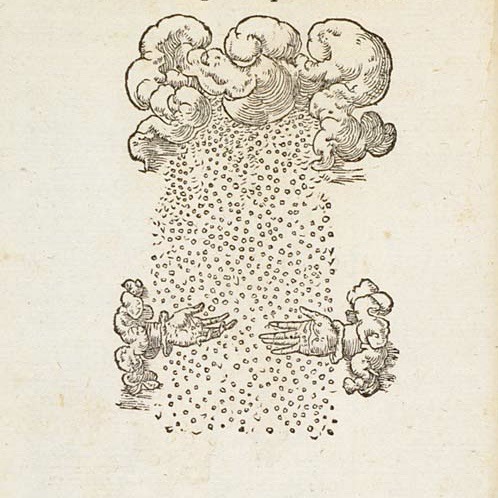
















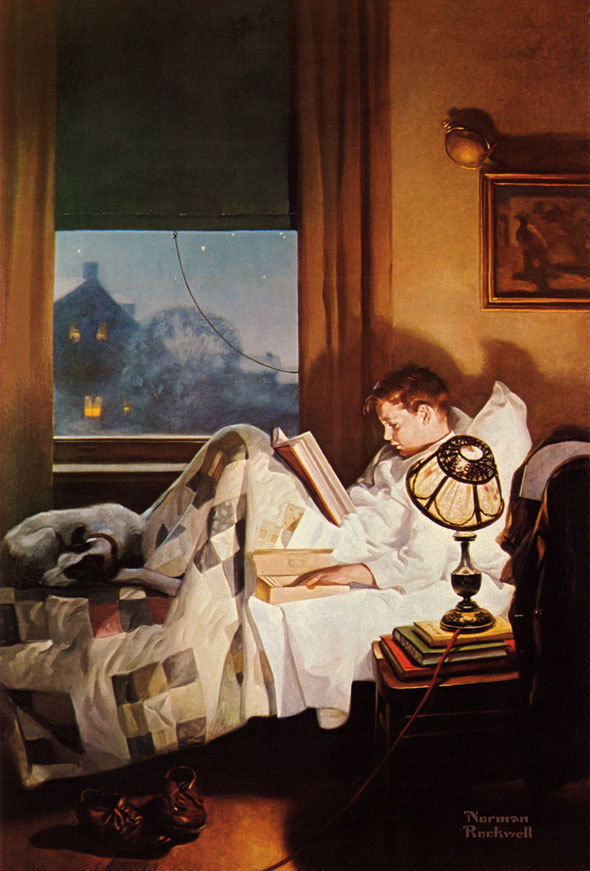






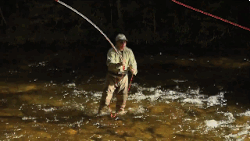


















No comments:
Post a Comment